
Why own a house when you can own an entire village?
Okay, so the deal on offer at Lawers — on the shores of Loch Tay — isn't quite as good as you might be imagining. This is indeed an ancient village for sale at offers over £125,000, but it's long-abandoned, with the houses being little more than a collection of moss-covered stones sitting beneath the trees on this idyllic spot.
And when the sun shines, it really is idyllic. Special congratulations must go to the agents, Goldcrest Land & Forestry Group, for getting the photography and video shot on a day of such utterly spectacular weather that you'd think this was the South of France rather than the Highlands of Scotland.
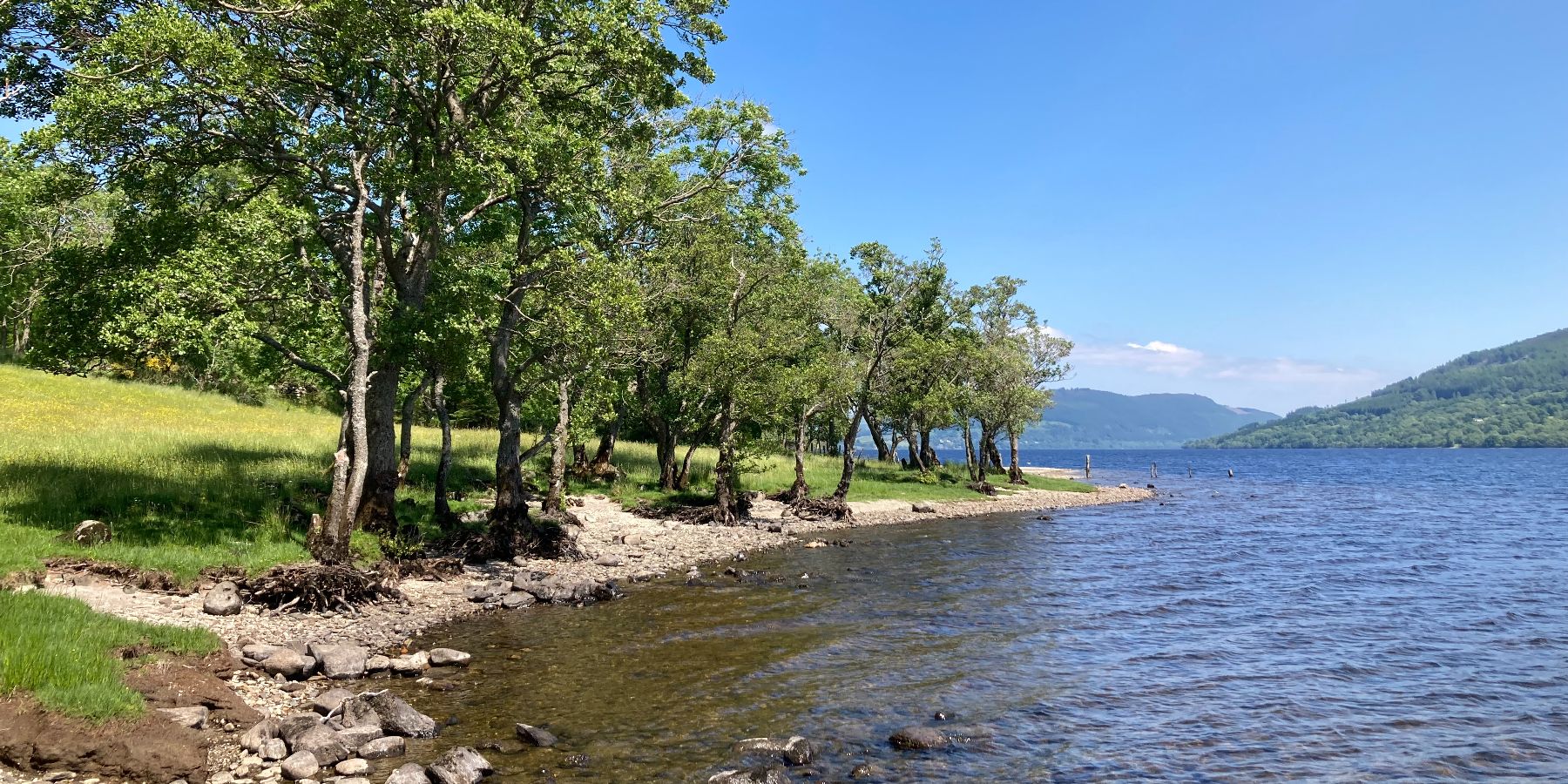
The village consists of just over three acres of land — a paddock, woodland and shoreline with riparian trout fishing rights — on the northern bank of Loch Tay, roughly half-way between Killin and Kenmore, and just off the A827 that leads up to Aberfeldy and Pitlochry beyond.
It was never a big place: the earliest concrete record, from the 1841 census, records just 17 residents. Fifty years later that was down to seven — all of whom lived in the long-gone Pier House, just outside the bounds of this property — and the last known resident left in 1826.
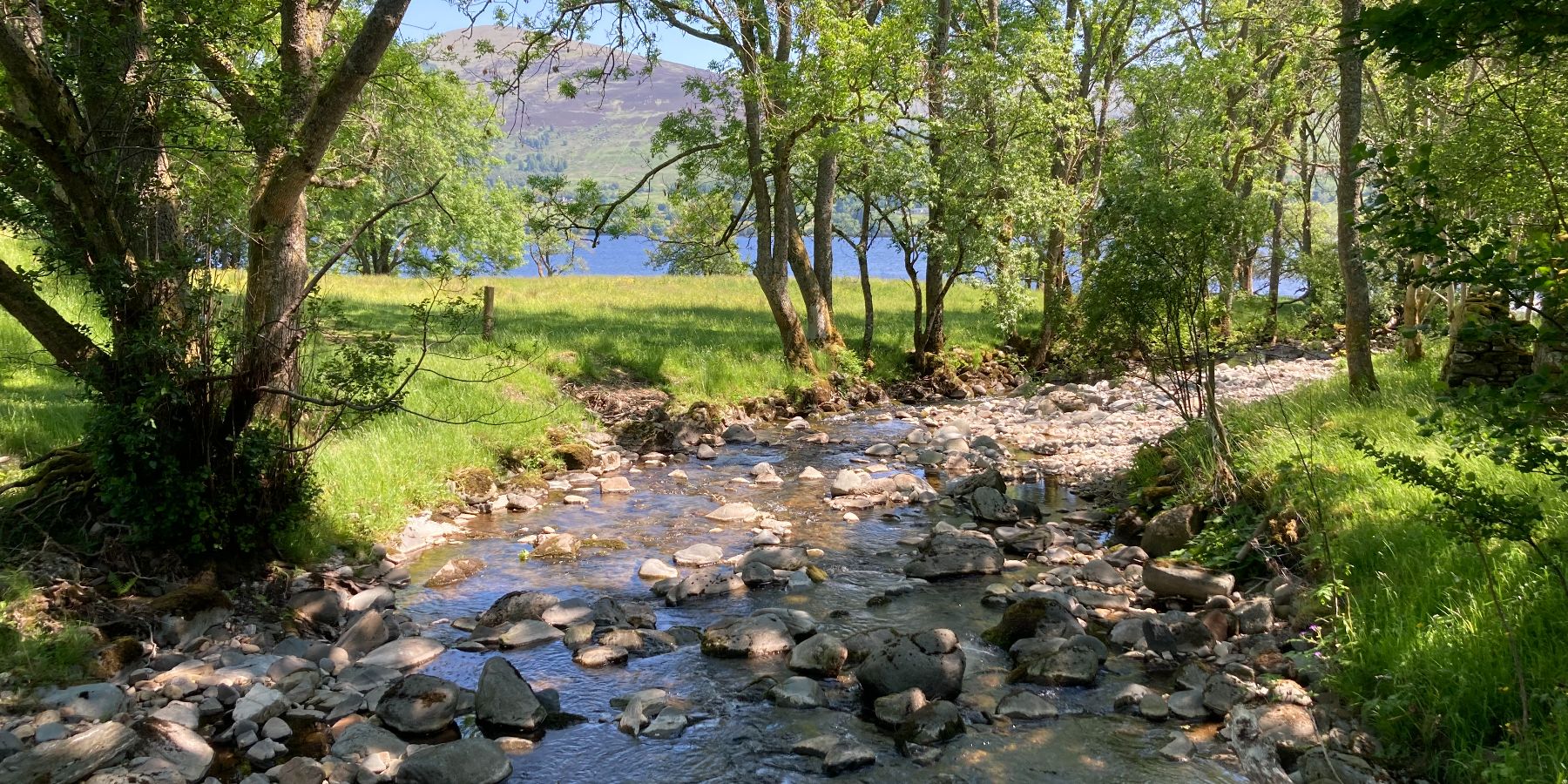
At one end, the property is bounded by a farm track which connects it to the 'new' village of Lawers, which has a hotel and outdoor centre. On the eastern side, the land is bordered by Lawers Burn, which runs down from a disused mill and into the loch itself.
Just across the burn, incidentally, is a graveyard — which brings us on to the last remaining 'resident' of the Old Village of Lawers.
Exquisite houses, the beauty of Nature, and how to get the most from your life, straight to your inbox.
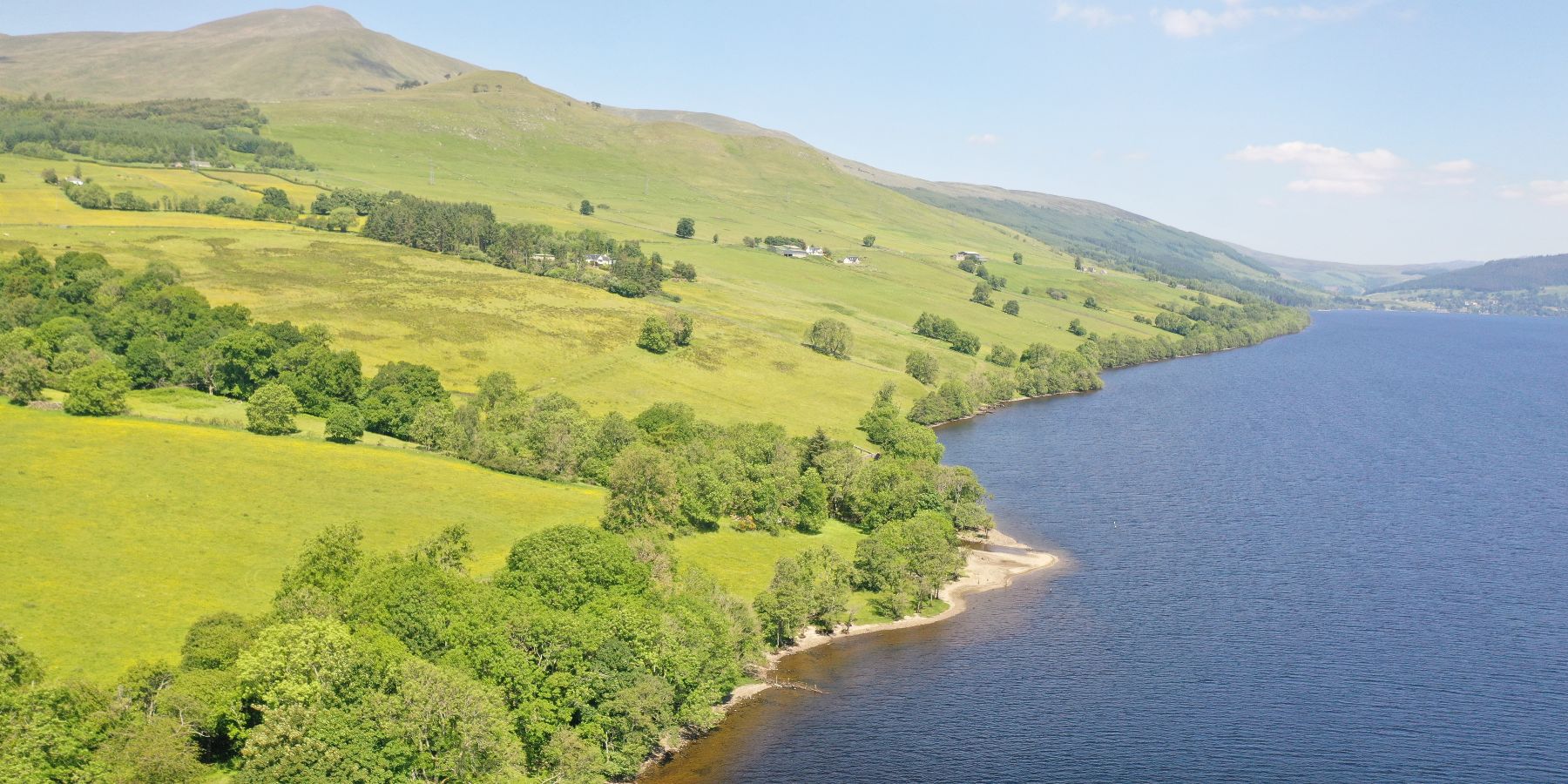
According to local lore, the site is haunted by the Lady of Lawers ('Baintighearn Labhuir' in Gaelic), a 17th century soothsayer of some renown. The Lady was Mary Campbell, daughter of Sir James Campbell and wife of John Stewart. Her first prophecy — according to a wonderfully-colourful article at the Transceltic blog — took place in the village itself, while the village church was being built: with the roofing materials piled up ready to be used, she declared that 'the ridging stones shall never be placed on the roof of the church.' That night, a storm blew up and washed the stones away.
Several of her other accurate prophecies referred to an ash tree nearby, including one which foretold the collapse of the church when the tree reached the height of the gables, and another that declared 'evil will come to him who harms the ash tree'. A local farmer, John Campbell, chopped it down in the 1870s, and subsequently died after being gored by his own bull. Our advice to whoever takes the place on? Have a read of the remaining unfulfilled prophecies, just in case...
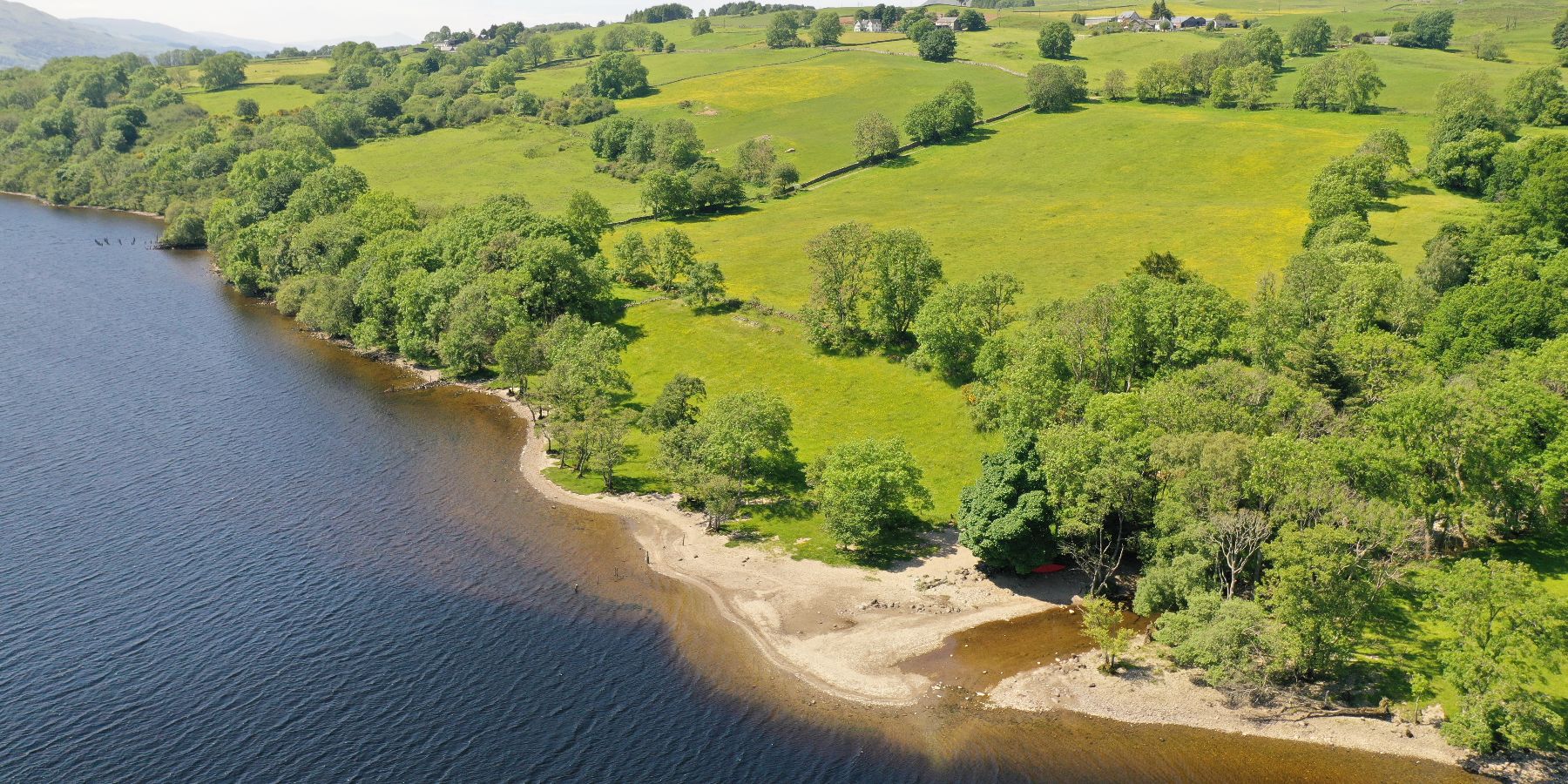
As for other advice to a prospective new owner? The big question is whether new buildings could be erected on this land. The ancient village will almost certainly have to remain a monument to what was once here, but the agents note that the grass paddock offers a 'potential planning opportunity'. Obviously any buyer would have to satisfy themselves as to what may or may not be possible here.
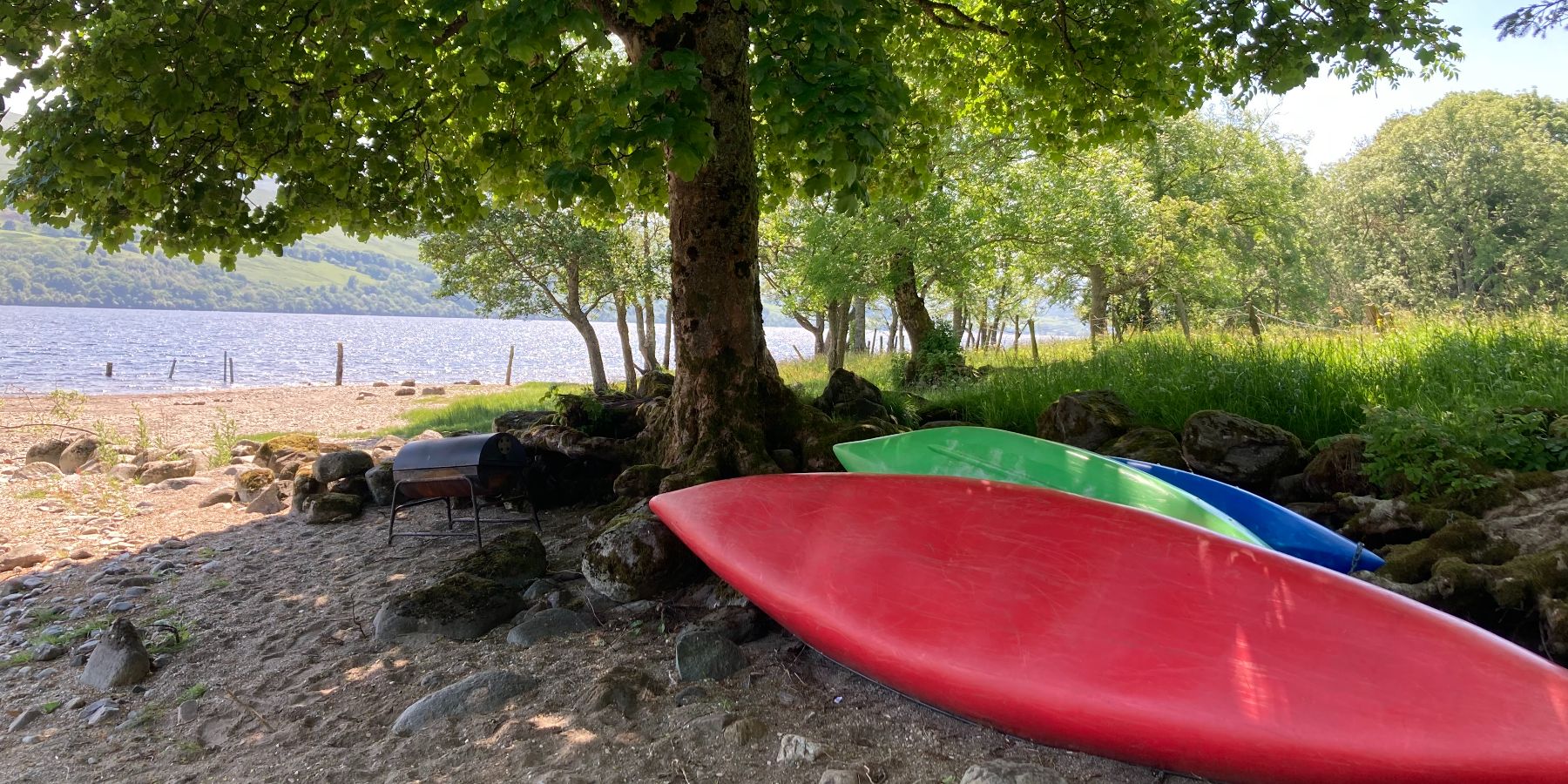
If you're looking for a sure thing, other plots are for sale around the loch — there is this one, for £180,000, with full permission for a four-bedroom house; and this, without permission in place but at £150,000 (which could be split in two lots), is far bigger at over 12 acres.
Neither would be as quite romantic as Lawers, however, a gorgeous spot that will no doubt have a future as colourful as its past. The Old Village of Lawers is for sale via Goldcrest at offers over £125,000; see more pictures and details here.
https://youtu.be/-_aV7tCysHQ?t=9
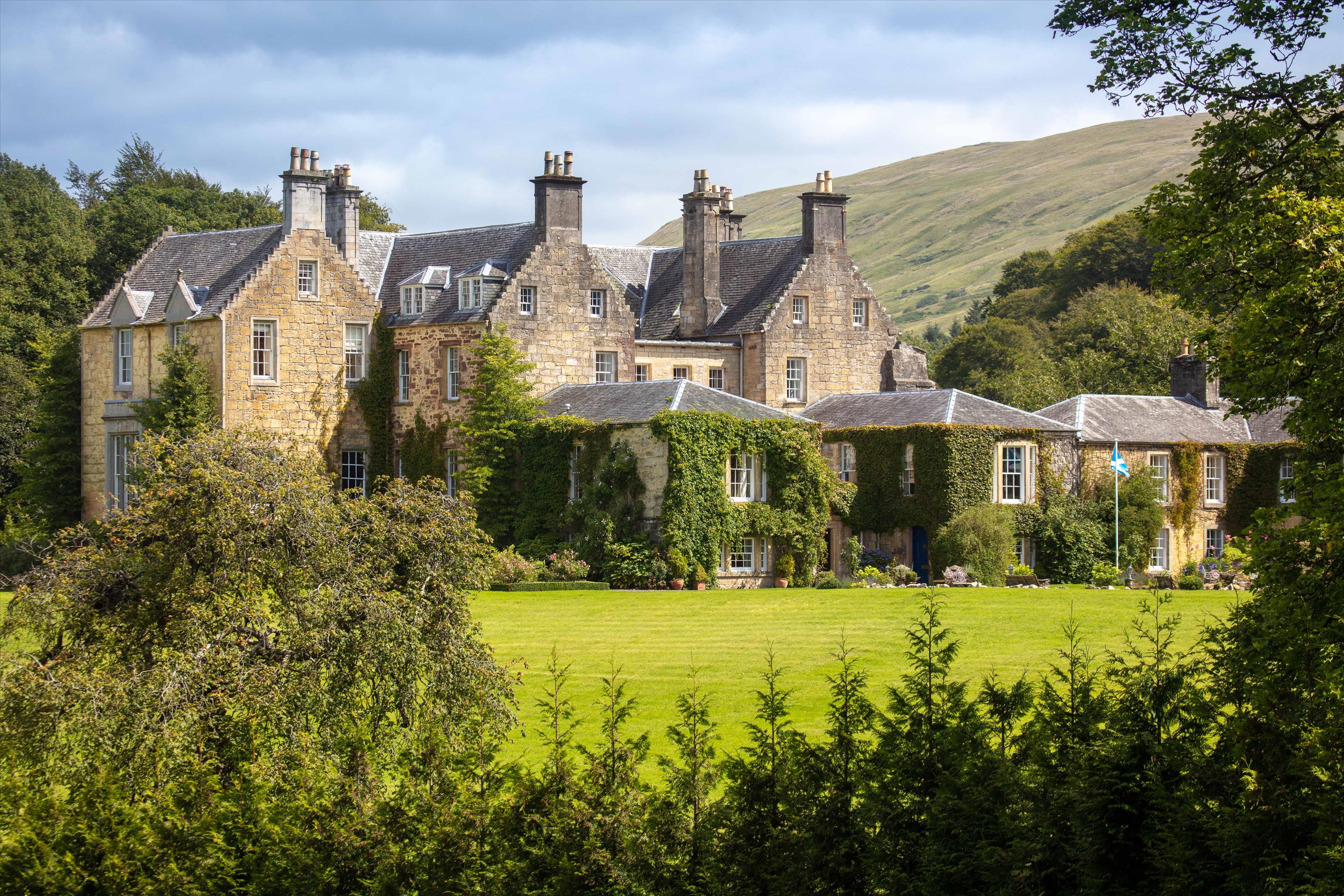
Spectacular Scottish castles and estates for sale
A look at the finest castles, country houses and estates for sale in Scotland today.
Toby Keel is Country Life's Digital Director, and has been running the website and social media channels since 2016. A former sports journalist, he writes about property, cars, lifestyle, travel, nature.


